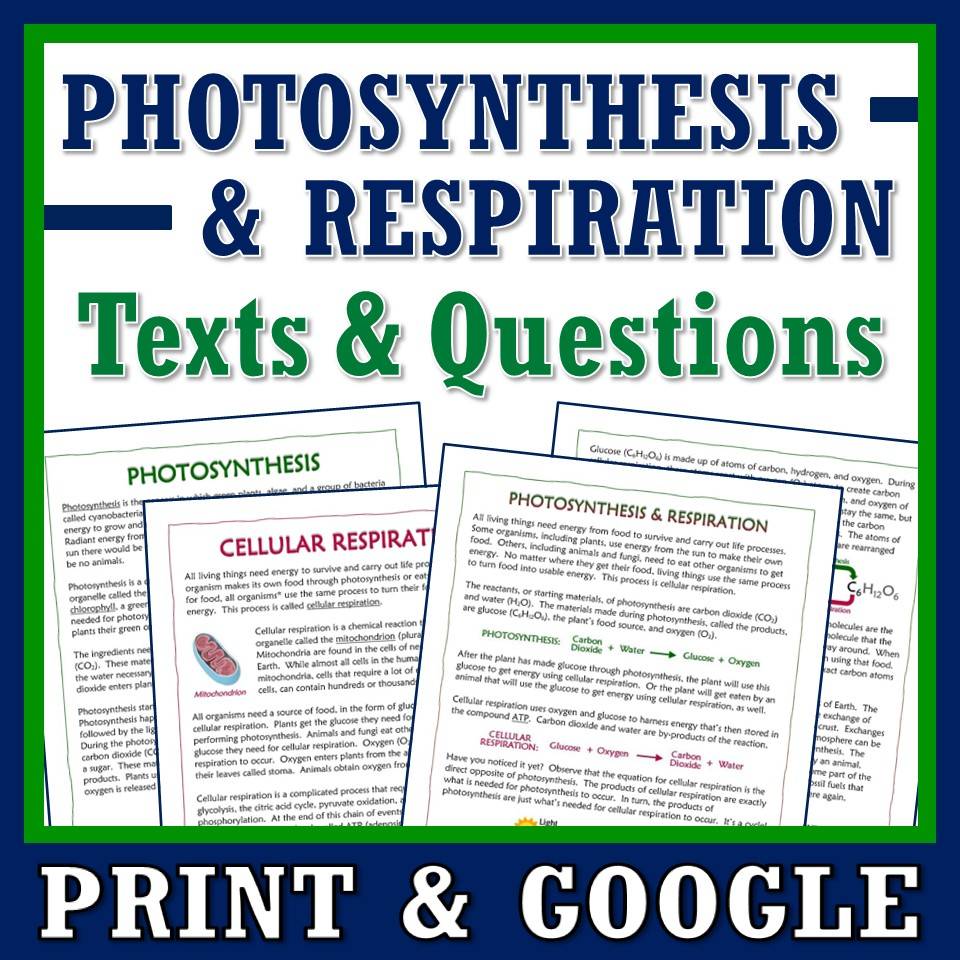HOW PHOTOSYNTHESIS AND RESPIRATION OCCURS
Photosynthesis occurs in all green plants and the specific site for this process is the leaf due to the large surface area and the vascular tissues available for transport of food produced . The organelle in the leaf responsible for photosynthesis is the chloroplast . The chloroplast is adapted for photosynthesis in that it contains an intricate system of compartment know as the thylakoid. A stack of thylakoid is called grana . The molecules responsible for trapping sunlight are embedded in the thylakoid membrane . The thylakoid contains double outer membrane and an inner membrane . The absorption of the sunlight begins the process of photosynthesis. Photosynthesis occurs in two stages the light phase ,which require light and the dark phase which does not require light . In the light phase, the trapped sunlight is converted to ATP molecules. In the Calvin cycle, this the dark phase, carbohydrates has to be produced from carbon dioxide. The energy produced is used in this stage .
Aerobic cellular respiration
Aerobic respiration is a type of cellular respiration that uses oxygen and produces large amount of ATP .It occurs in two stages . Glycolysis and oxidative phosphorylation. In glycolysis, one molecule of glucose is broken down into two molecules of pyruvate in 10 enzyme catalyzed reactions . In glycolysis, energy is released and this is captured by producing two molecules of ATP this phosphate added to ADP. In phosphorylation, the two molecules of pyruvate are transported within the matrix of the mitochondria and they are hydrolyzed to six molecules of carbon dioxide and six molecules of water . In oxidative phosphorylation,oxygen, obtained from air and water is used and then the process can be called Kreb Cycle. 34 molecules of ATP is produced .
Carbon dioxide is then released as a by product. In all, glucose is converted to carbon dioxide, water and ATP.
Anaerobic cellular respiration
Anaerobic cellular respiration is a type of cellular respiration that uses little or no oxygen and as such less amount of energy is produced . It occurs in two forms . Thus ethanol fermentation and lactate fermentation. In ethanol fermentation, the glucose is broken down to 2 molecules of pyruvate and 2 molecules of ATP by glycolysis. An enzyme called pyruvate glycolysis removes the carbon dioxide from the pyruvates converting them to ethanol. 2 molecules of ATP are produced . Carbon dioxide and ethanol are released as by products. Alcoholic fermentation is applied in bread making,pastries , liquor and others . Plants in flooded areas for instance undergo this process to survive in the process of being exposed to sunlight . In bread making , the yeast cells ferment the glucose producing carbon dioxide and ethanol. The CO2 causes the bread to rise and the ethanol evaporates when the bread is baked. In wine making , fermentation ends when the concentration of ethanol reaches 12%. For the lactate fermentation , when there is less oxygen availability and aerobic respiration is not feasible, lactate fermentation is carried out . Like the alcoholic fermentation, glucose is broken down into two molecules of pyruvate and 2 molecules of ATP but then the pyruvate is converted into lactate by an enzyme called lactate dehydrogenase located in the mitochondria. Accumulation of lactate occurs during strenuous exercise and so energy is used up more than oxygen required . The lactate is converted back to pyruvate to go through the oxidative phosphorylation producing lots of ATP . This energy is used to compensate for the the oxygen debt ,which is the oxygen required . The body is adapted for this mechanism and a typical example is panting .


